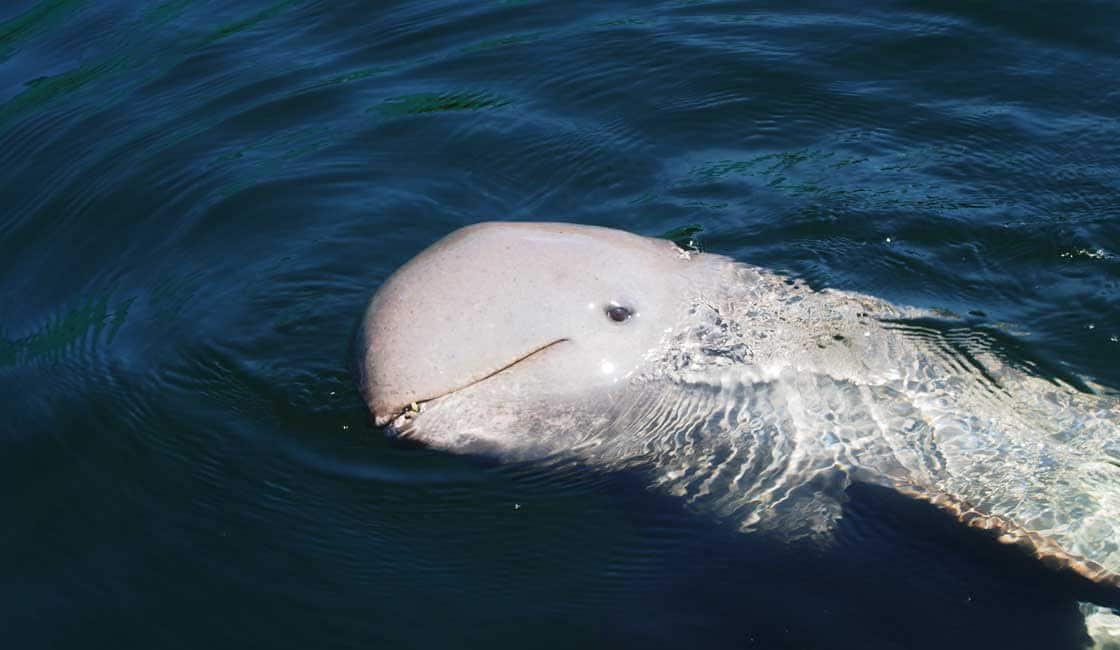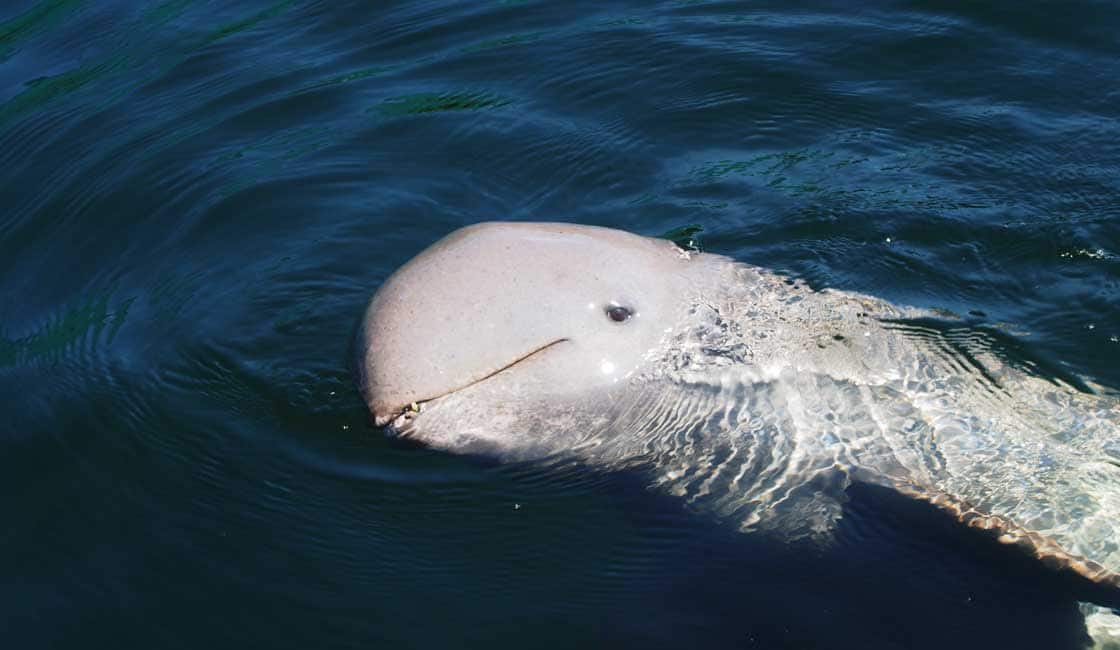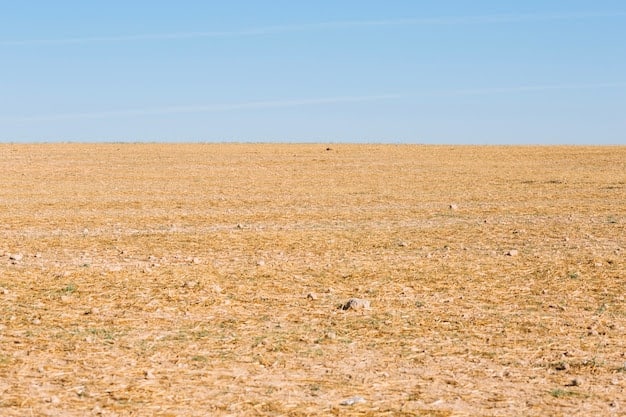
The Mekong River crosses several countries including Cambodia, and we can find the last Irrawaddy dolphins, from time to time, they take their head out of the water to breathe.
The meeting is magnificent, but it becomes exceptional as the race is disappearing. They are still present in Southeast Asia, including Cambodia, but they are about to die forever in this merciless nature where man is the biggest predator. Cambodia recently declared tough laws against fishing in the Mekong River in an attempt to reduce the number of dolphins trapped and inadvertently killed in nets.
“We are afraid we won’t be able to protect them,” Phon Pharong, a resident of the eastern region of Kratie, admitted to AFP during a patrol for illegal gill nets.
This way of fishing with vertical mesh nets left in the water for long periods, catching fish blind, is the main cause of dolphin mortality in the Mekong, according to environmentalists.
Fortunately, there are people like Phon Pharong, who is one of 70 guards who monitor a 120-kilometer stretch of the Mekong between Kratie and the Laotian border in the north. However, they are understaffed, these guards are often reduced to playing cat and mouse with the fishermen, who are well-organized, numerous and equipped with better boats.
“When we patrol at night, they don’t come out. In the morning, we come back, and they have a clear path on the river,” explains Pharong, while many guards have to follow up with a land job. Moreover, their salary of 65 USD per month is not enough to live on, even if they receive 5 USD per day of patrol in addition, to the World Wildlife Fund (WWF). This breed of Irrawaddy dolphins are small, shy creatures recognizable by their bulging foreheads and short noses, and used to swim as far south as the Mekong Delta in Vietnam, several hundred kilometers away.

Sadly, these dolphins are dying because illegal fishing and plastic waste have killed many of them, and the dolphins have seen their habitat reduced by dams and climate change, which have had a major impact on the water levels of the river.
According to the latest census, the Mekong population has dropped from 200 in the first census in 1997 to 89 in 2020.
Based on the statement of WWF, this breed of dolphin is only present in two other rivers, the Irrawaddy in Burma and the Mahakam on the Indonesian island of Borneo. All three river populations are classified as “critically endangered”.
Irrawaddy’s dolphins also exist in larger numbers on some coasts of South and Southeast Asia, but not in freshwater, and they too are endangered.




